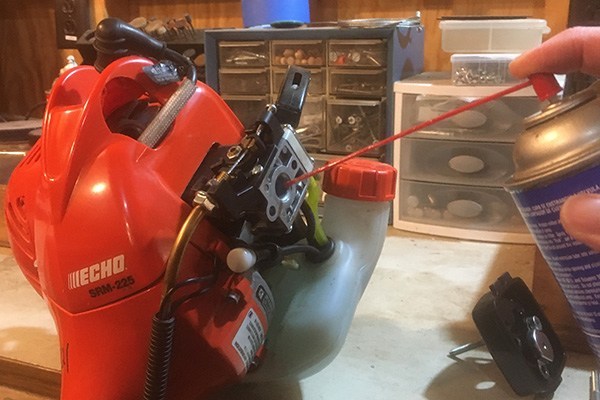We’ve all been there – Weed Eater Starting Foes! John Baker| Jun 19, 2019 9:28 AM No matter what you call it – weed eater, weed whacker, string trimmer – chances are at some point it won’t start. Few things are more annoying than destroying your shoulder trying to start the weed eater when there’s […]
You are browsing archives for
Category: Small Engines
Which Small-Engine Oil Would You Choose?
Which Small-Engine Oil Would You Choose? Spring marks the time to store your snowblower and prepare your lawnmower, pressure washer, generator and other equipment for another season. Make sure to change oil before storing equipment. Used oil contains acidic byproducts that can damage the engine if allowed to sit for months. If you neglected to […]
How to Fight Ethanol Problems in Small E...
How to Fight Ethanol Problems in Small Engines Andy Arendt| 2017 1:46 PM In 2005, Congress instituted a new renewable fuel standard that you didn’t get to vote on. In response, refiners made a wholesale switch, removing methyl tertiary butyl ether (MTBE) and blending fuel with ethanol. Ethanol helps reduce petroleum use and greenhouse gas […]


